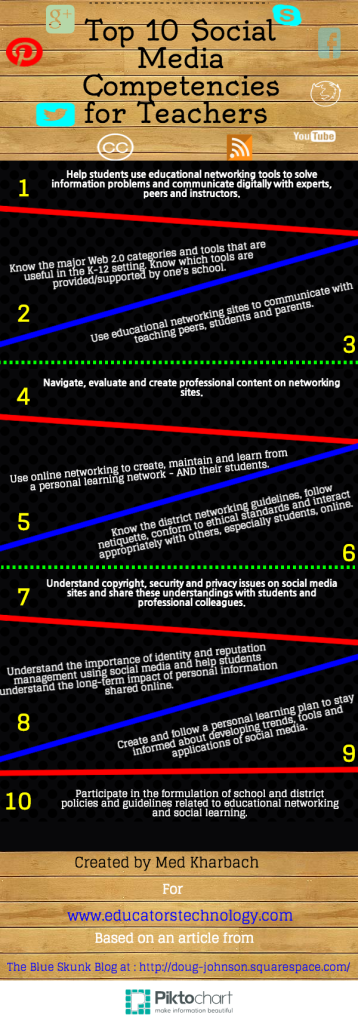8 Educational (and Fun) iOS Games for Teens
There’s a reason you learned more from Bill Nye than your actual science teacher. Mr. Nye made learning fun.
If your middle/high school student is struggling to grasp some concepts in school, there’s an app for that. Bonus points: if it’s part of our list, it’s a fun one.
The App Store is filled with productivity and educational apps to help your student achieve straight As. But sometimes a good game can provide the extracurricular support a student needs to truly understand a difficult lesson. We’ve selected a game for eight school subjects to give your student’s educational performance a boost.
Don’t see your problem subject here? We certainly haven’t exhausted the supply of educational games. Search the App Store for a game suited to your child’s age level, subject matter or gaming style. And share your favorite educational game in the comments section below.

1. Chemistry – Space Chem
This addictive, design-based puzzle game is loosely based on the principles of chemistry and chemical bonding.

2. English – Psychobabble
There are a million word scramble and Scrabble-like games in the App Store that — don’t get us wrong — we love dearly. But Psychobabble offers something a little different. Build your vocabulary and quicken your brain with this word association game.
Image: Ultralingua, Inc.

3. History – WWII: History Challenge
This quiz game is good for history students and trivia buffs alike. Test your knowledge of important battles, generals, statesmen and weapons of WWII. The faster you answer, the more points you earn.
WWII not your thing? Try one of the other history games by this developer.
Image: Maple Leaf Soft, Inc.

4. Social Studies – Presidents vs. Aliens
Learn presidential facts, quotes and historical events as ammo against an oncoming alien invasion. Unlocking more presidents also unlocks bonus games: Heads of State and Executive Order. We’re still waiting for the Bill Pullman update, though.
Image: Dan Russell-Pinson

5. Physics – Simple Physics
Using realistic physics principles, players design and build bridges and other structures as strongly and cheaply as possible. Test your designs by adding strain with your fingers, or tap the screen for an explosion to commit “ultimate annihilation.”
Image: Jundroo, LLC

6. Algebra – DragonBox Algebra 12+
Expanding on DragonBox Algebra 5+, this game teaches students more advanced concepts in mathematics and algebra. Instant feedback makes for effective lessons as students explore and learn at their own pace.
Image: WeWantToKnow AS

7. Foreign Language – Duolingo
This simple language app gamifies foreign language education by awarding points for every level you finish. It only gives you three wrong answers before you have to restart the level. You’ll breeze through lessons without even realizing how much you’re learning.
Image: Duolingo

8. Biology – Spore Origins
Build and perfect your own organisms, unlocking and adding different traits to ensure their survival. Play in Evolution or Survival mode, explore your surroundings in the primordial ooze and avoid larger creatures to stay alive.
Image: Electronic Arts


 BOXED IN: Jane Corless, who has a cochlear implant, being scanned by the new machine. (NICK MOIR/Fairfax)
BOXED IN: Jane Corless, who has a cochlear implant, being scanned by the new machine. (NICK MOIR/Fairfax)
 Emma’s voice can be heard on several London Underground lines
Emma’s voice can be heard on several London Underground lines
 Sara was unveiled as the latest voice of the speaking clock in 2007
Sara was unveiled as the latest voice of the speaking clock in 2007